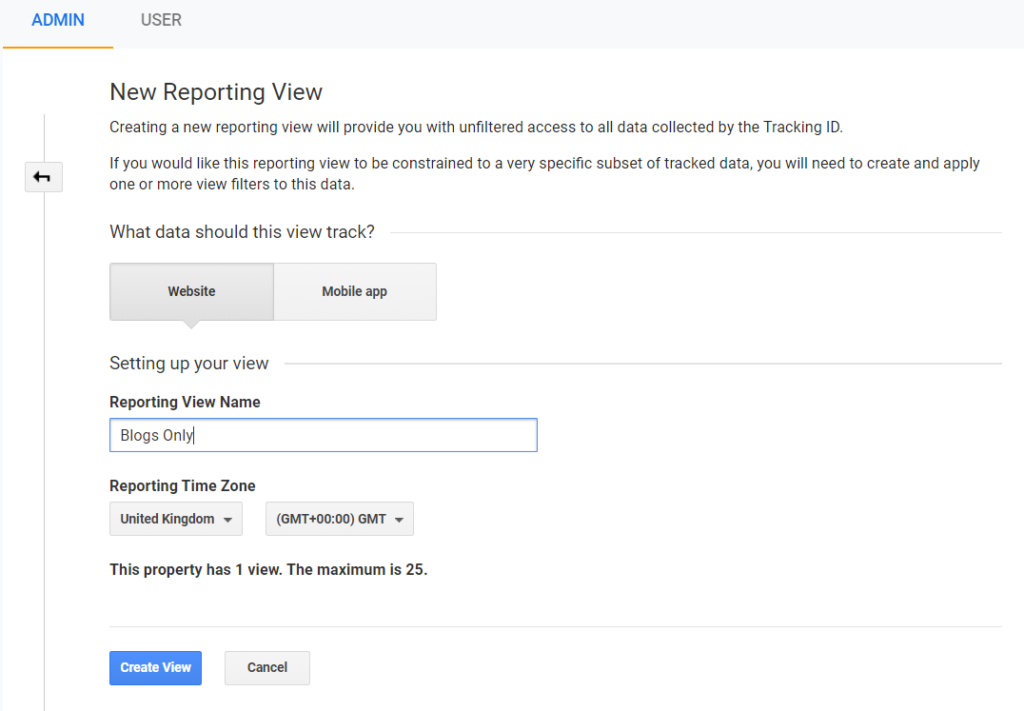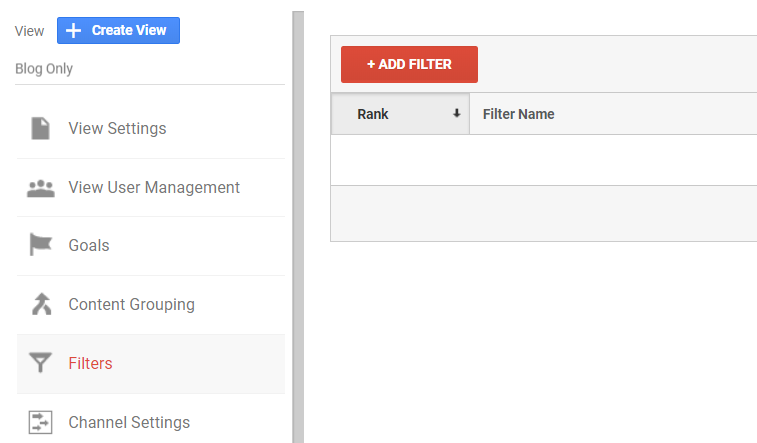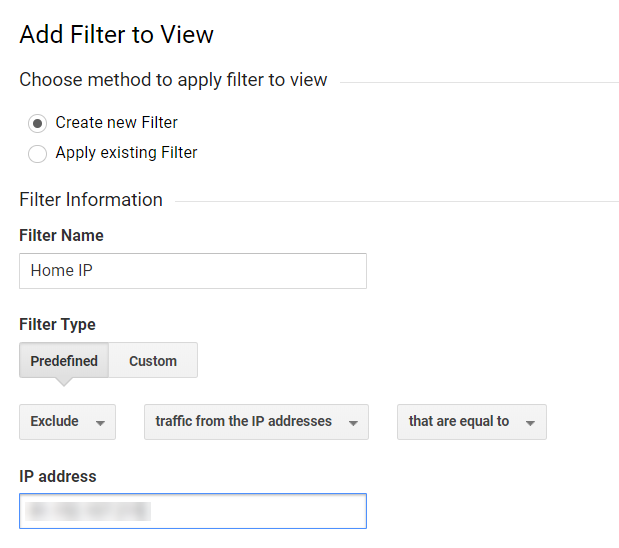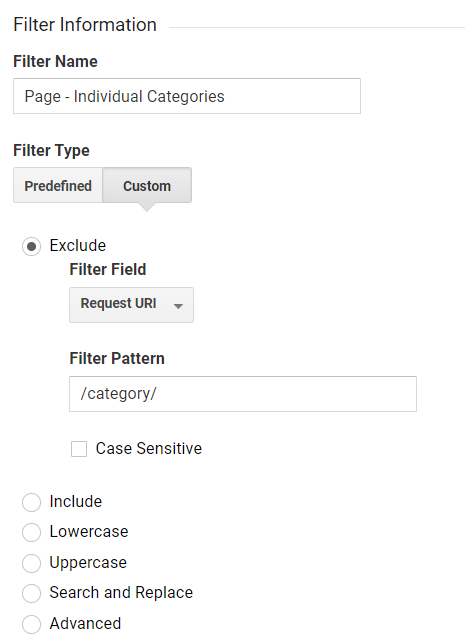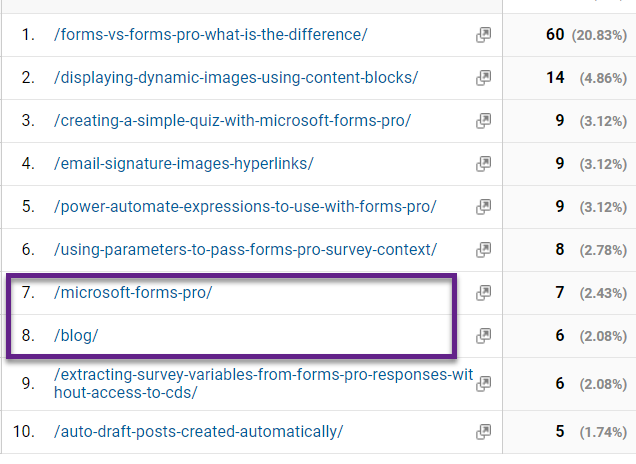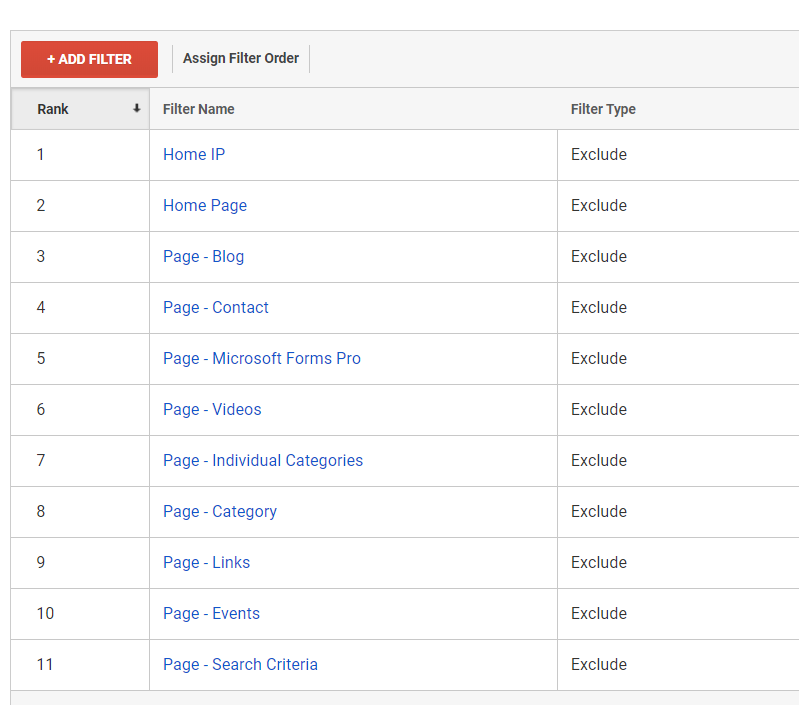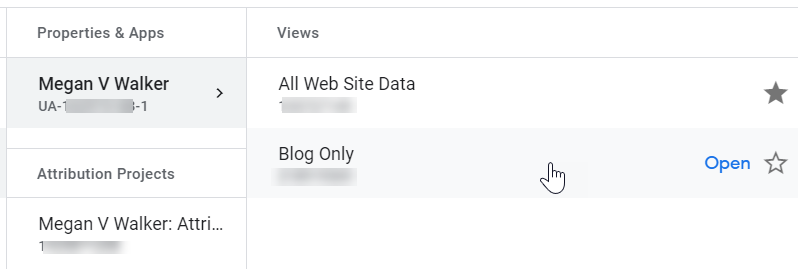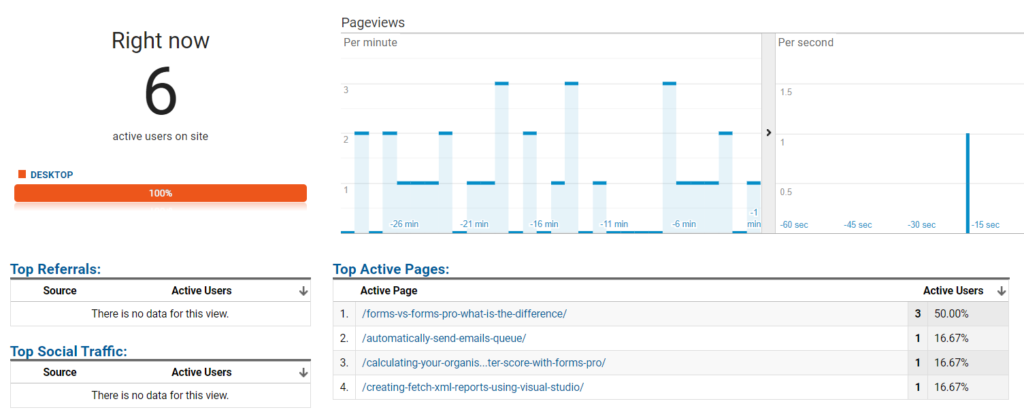*** NOTE: ALL INFORMATION IS ACCURATE AT DATE OF PUBLISHING ***
When setting up Google Analytics, a default View of the data is created. This view is of All Website Data for the property you added. So, we can see everything for the website no matter which pages they visited. While this is great, sometimes you just want to look at one specific area of the website, or pages that have the same parent level, or whatever it might be. You can create reports, and filter the data that way, or you can simply create a new view and add filters to the data on the view. Kind of like creating a query for an SSRS Report for the Common Data Service. ???? So let’s look at creating a new view, to only show traffic that goes to one of the blog pages rather than all of the other main pages on the site.
First, go to the Admin area from the bottom of the navigation menu on the left in Google Analytics. Go to the third section for the views, and click on Create View.
Now we need to give the reporting view a name, and a reporting time zone.
Now we need to actually add some filters to the data. Click on Add Filter to get started.
If you didn’t add the Home IP filter on the main All Web Site Data view, you’ll want to add it now. If you did, you can use Apply existing Filter and select it from a list.
Now we can start adding in some new filters. I only want to capture the traffic to my blog posts. Now, for my site, it’s a bit of a pain, because the blogs are all linked directly to the main domain, so there is no /blog/ directory. If you have that, you can easily set up a filter using that as the filter pattern and only include that traffic, job done. For me, I need to filter out specific pages. The first thing I am going to do is exclude any of the individual category pages with a filter that matches /category/ in part of the URL.
I’ve got some pages that fall under the main events page, so again I have an exclude filter for that directory.
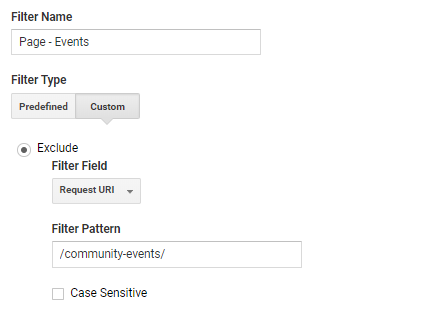
Once you’ve added the filter, you can run a quick filter verification. This shows some visits before the filter, then what would happen after the filter was applied. This lets you know it will work. If you haven’t had any traffic in the past 7 days to any of the pages that you are trying to filter.
Now if I go and look at the data, I can see I still have a couple more pages that are not specific blog posts, so I can go back and add further filters to exclude them from any of the reporting in the view.
Finally, I’m finished with all the filters.
Now when logging in to Google Analytics, you can click at the top and select the view you want to look at.
Now when reviewing any of the data, it should be filtered from that point forward, and only show the data that’s been allowed through.
Showing only the blog traffic helps me analyse and see what’s resonating with people without having to filter out the noise of things like the main home page or the blog page. If I want to see all traffic, I can simply go back to the All Web Site Data view.
Want to just watch how to do this? Check out the video: https://youtu.be/oQ-XTuWuMb4
Check out the latest post:
Show Or Hide Custom Pages Using Power Fx Formulas In Your Model-driven Apps
This is just 1 of 556 articles. You can browse through all of them by going to the main blog page, or navigate through different categories to find more content you are interested in. You can also subscribe and get new blog posts emailed to you directly.


